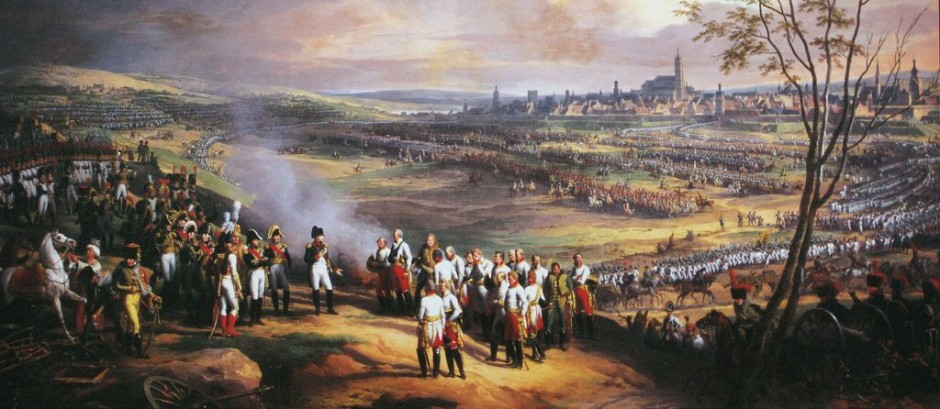Advice for Source-Based Questions:
- The best responses will compare the content of the sources, together with their provenance, noting similiarities and differences in the content, and also in the timing/tone, audience addressed and motives of the author.
- Important to stand back and consider the sources as “evidence for” a particular historical notion, idea, interpretation, reality or truth (rarely done)
- Historical interpretation is only on firm ground when securely based on the evaluation and assessment of source material, and the interaction between them; this is the basis of a source-based paper.
- Students need to make a judgment as to which may be better evidence.
- Students must demonstrate a consideration of provenance, to establish relative value, this is crucial and must be directed toward ‘as evidence for’
- Content must precede provenance with demonstrated linkages.
- BASIC – a mechanical answer that addresses similarity, difference, provenance and possibly a conclusion that reiterates previous points.
- HIGH response – will need to compare ‘as evidence for’, building to a judgment, focusing on the issue, comparing and contrasting and integrating provenance as the answer proceeds.
- Provenance must be used to explain and/or judge.
- Draw out points of similarity or difference and analyze them as comparative evidence with links – use the material and link it together.
- Students should engage historically with the sources.
- Proper historical approach engages flexibility with the material by asking the right questions: check the dates for their possible significance.
- Students should check the precise context, possible changes; their purpose and audience, whether ton is an issue or pointer; how slanted, useful or accurate the sources are; how well informed are the comments.
- Students should avoid “Stock Evaluation” – mechanical approach – comment in abstract terms by failing to make any engagement with the content to exemplify.
- Students should “highlight” what comes after the formula ‘as evidence for’ as a reminder of the question’s particular focus – the issues of success or failure; someone’s qualities or aims; views on attitudes…
- Own Knowledge should only be there to establish the precise historical context.
